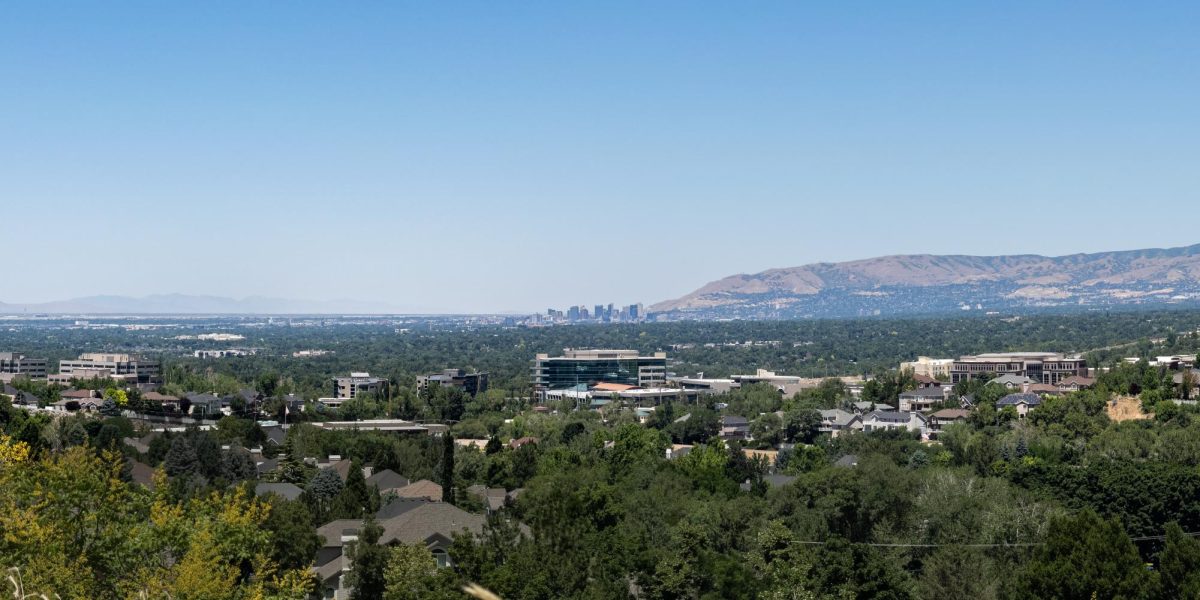Powder hounds across the Wasatch Front have been racing to the hills with excitement since these last few storms have blessed the mountains with close to 120 inches of new snow-jumpstarting one of the earliest ski seasons to hit the area in recent memory.
While the first trace of snow to any skier or boarder is candy for the soul, the combination of early season conditions and overzealous enthusiasts can be a recipe for carnage. As tempting as the fresh powder may appear, a few things need to be considered before hiking any slope or dropping into any line.
“There are two components that people need to think about,” said Snowbird ski patrolman Derek Nipkow. “Snow pack and hidden dangers.”
Avalanches are clearly not just an early season issue, but a constant concern throughout the winter. Any time there is enough snow to ski, snowboard, or participate in any snow sport, there is enough snow to slide, noted Evelyn Lees, a backcountry avalanche forecaster with the Forest Service Utah Avalanche Center.
So far this season there have already been three unintentional human-triggered avalanches in the Little and Big Cottonwood Canyons. Fortunately, no one was seriously hurt in any of these slides, but they are a reminder that everyone should have the proper backcountry gear and know how to use it before stepping into an uncontrolled area.
This would include at least a beacon, shovel and probe. Lees also suggests that people put new batteries in their beacons, practice beacon searches and attend avalanche awareness talks and classes before the season starts.
“Get the kinks worked out early,” she said.
Even before Alta Ski Resort has opened for winter business, the parking lot will typically look as though the lifts could be running. Many skiers and boarders will choose the resort to hike and then ride during the early season, but some forget that the area has yet to be controlled as an open resort and can still pose potential dangers.
“During the early season, a lot of people are used to Alta as a ski resort and think that it’s safe,” Nipkow said. “They don’t think of it as backcountry.”
Another factor to consider during the first part of the winter season is the threat of hidden dangers, like stumps, rocks and trees. Just because a run looks covered, doesn’t mean it is.
The Wasatch Mountains have been lucky this year and there’s already a pretty good snowpack and coverage to start this season (Snowbird already has a 60 inch base), Nipkow said, but people jump out of the [Snowbird] tram and go for it. They remember last season’s coverage and think it’s going to be the same run, so they’ll go fast, launching off of anything, and end up hitting a rock and getting hurt, he continued.
Rob Greener, a student at the U and a knowledgeable backcountry skier, recently had a first-hand encounter with the hidden dangers that early season conditions present. After hitting a patch of barely covered rocks in the Alta backcountry, just below Microwave Tower, Greener suffered a broken femur and a compound fracture of his tibia and fibula.
“I couldn’t see the rocks,” said Greener, “and I wasn’t even going that fast.”
In order to keep the good times rolling and the snow from sliding, people need to be prepared and stay informed before hitting up those backcountry stashes. Hazards can hide under the lightest dustings of snow, and slides can be triggered even when the snow pack looks stable. While dumb luck can strike all winter long and happen to anyone, precautions should be recognized early and put to the forefront of all snow fanatics’ minds.











